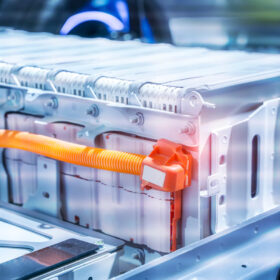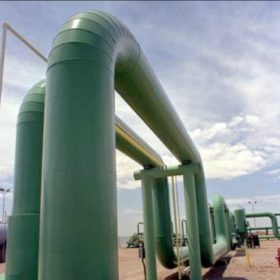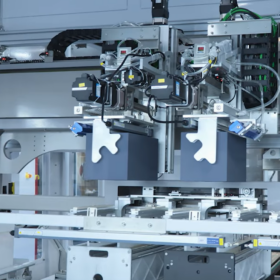Green hydrogen to become primary fuel for steelmaking in India only by 2050
The steel industry in India will replace around 25-30% of its grey hydrogen requirements with green hydrogen in the early part of the 2030-50 period. This will increase to 80% by 2050, says a new report by the Institute for Energy Economics and Financial Analysis (IEEFA) and JMK Research & Analytics.
Declining populations free up agricultural land for large amounts of solar in densely populated countries
In a new monthly column for pv magazine, the International Solar Energy Society (ISES) explains how much solar PV energy could be harvested from freed-up agricultural land in densely-populated countries with declining populations.
Agrivoltaic facilities with single-axis trackers have lower LCOE than those with fixed structures
New research from Belgium shows agrivoltaic facilities with trackers perform significantly better than projects with fixed structures. The scientists found projects with tracking achieved an LCOE of €0.077 ($0.082)/kWh, while facilities with fixed structures were found to have an LCOE of €0.10/kWh.
Adani Group forms JV for marketing of green hydrogen in Japanese market
Adani New Industries Ltd (ANIL), an arm of Adani Group, expects to start green hydrogen production from its Gujarat facility by FY 2027.
REC launches 470 W heterojunction solar panel with 22.6% efficiency
REC has developed a new series of heterojunction solar panels with efficiencies up to 22.6% and an operating temperature coefficient of -0.24% per degree Celsius.
Ecoreco to start lithium battery recycling
E-waste recycler Eco Recycling (Ecoreco) will use the technology developed by the Centre for Materials for Electronics Technology (CMET), under India’s Ministry of Electronics & Information Technology (MeitY), to recover valuable elements from end-of-life lithium batteries.
Amazon, Petronas to collaborate on clean energy growth
Petronas arm Gentari will provide green mobility solutions to decarbonize Amazon’s India transportation network. Amazon Web Services (AWS) will support Petronas in designing and constructing a state-of-the-art plant to produce sustainable aviation fuel.
The Battery Cycle: NMC, LFP, LTO – What’s the difference?
With battery storage such a crucial aspect of the energy transition, lithium-ion (li-ion) batteries are frequently referenced but what is the difference between NMC (nickel-manganese-cobalt), LFP (lithium ferro-phosphate), and LTO (lithium-titanium-oxide) devices and their underlying chemistry?
Longi betting on back-contact solar cell tech
Longi Chairman Zhong Baoshen said last week that that the company’s hybrid passivated back contact (HPBC) technology will dominate its production capacity in the future.
NTPC, Nayara Energy sign MoU on green hydrogen production
NTPC Green Energy Ltd (NGEL) will collaborate with Nayara Energy, an oil refining and marketing company, to produce green hydrogen for Nayara Energy’s captive usage.














